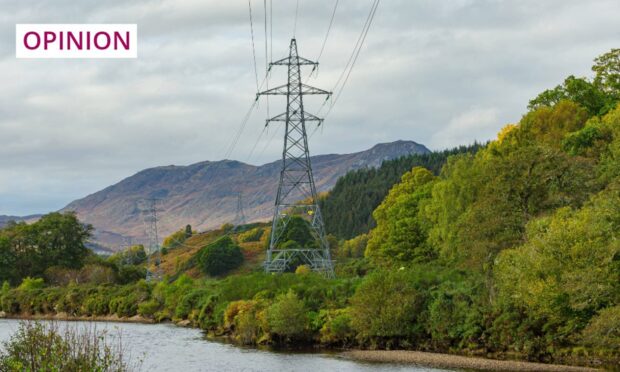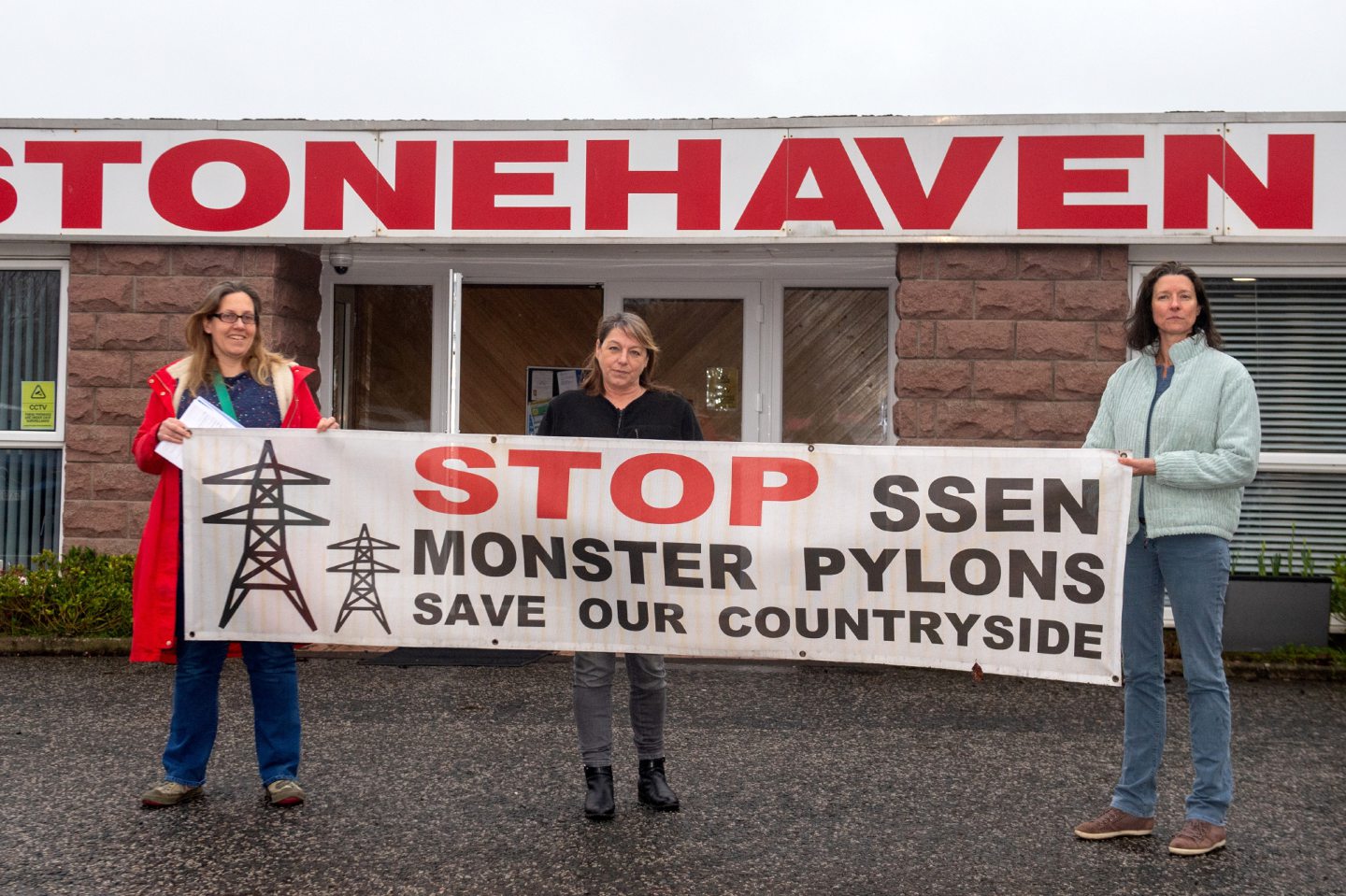The Post Office scandal is a story of corporate power and failure of oversight, with awful consequences for individuals caught up in it. But have we learned its lessons?
While no one is facing the devastation of wrongful conviction, a similar dynamic is at play in north and north-east Scotland, where ordinary people face the prospect of being bulldozed by politics and big business.
The largest power grid upgrade in decades will bring hundreds of miles of 60-metre pylons and access roads through our communities, clear-fell swathes across our forests, and blight the peace with the buzz of substations the size of small towns.
From tourism businesses to property values, outdoor recreation to health and well-being, a mismanaged delivery of this infrastructure threatens serious and lasting damage to the economy and environment of the places it passes through.
So, how do people living here feel? Nobody in authority appears to care.
Like the Post Office, power giant SSEN is a corporate body answerable to shareholders rather than the public, and yet tasked with delivering a public service. Via the regulator Ofgem, governments at Holyrood and Westminster have asked it to upgrade the electricity distribution network in service of the UK’s net zero targets.
An open consultation on precisely what new infrastructure is needed and where it should go has never been held. The company seems to work to opaque criteria drawn up by faceless officials, aiming for the lowest cost rather than the best value.
Government does not oblige SSEN to care about the little people
Is it right that small communities in the north should be made to bear the brunt of power projects that bring them no benefit, allowed less than token input into how the developments that will affect them for generations are delivered, and offered only derisory compensation for their losses?
This region’s principal assets – its landscape and its people – are being treated with high-handed hubris. SSEN’s consultation to date has been an object lesson in “decide and defend”; the collaborative co-design process called for by residents is conspicuous only by its absence.
Those living here mourn in advance for the loss of our natural capital and sites of cultural heritage, the beautiful places that underpin the quality of our lives. Before a single pylon is built, the new lines already sow anger and despair.
While SSEN takes pains to ensure pylons cause minimum disruption to commercial operators such as wind farm developers, it is under far less obligation to consider the people of the area. If the criteria used to choose pylon routes and substation locations include no means of assessing community, personal or socio-economic impact, then perhaps the resulting insensitivity should be no surprise. The industry has no interest in reducing the harm it does to the little people, because government does not oblige it to.
Work in partnership with local communities
Yet again, politicians seem content to quietly facilitate a corporate shakedown, perhaps misled by the ambition of targets and timescales into turning a blind eye to shoddy practice. Those living at the sharp end of a mega pylon line could be forgiven for thinking that national energy policy has been outsourced to the multinational energy industry; its delivery certainly has.
Rural communities could yet be allowed to work as partners with SSEN to avoid the unnecessary desecration of their landscape, homes and livelihoods. We know that grid upgrades can be planned in a way that causes less damage to the people and places of the north.
We’re asking UK and Scottish Governments to re-brief SSEN with a mandate to act as genuine partners of the people in working towards net zero
We still hope for a process that’s genuinely in the national interest – one that avoids the mire of public inquiry or judicial review.
Society’s response to climate change may be the defining issue of our times, but noble ends do not justify ignoble means. We’re asking UK and Scottish Governments to learn from recent history, to call a halt to this unfolding injustice, and re-brief SSEN with a mandate to act as genuine partners of the people in working towards net zero.
Better, fairer, solutions are achievable. Let’s get it sorted.
Dan Bailey is a member of the Better Cable Route (Contin and Strathpeffer) group


Conversation